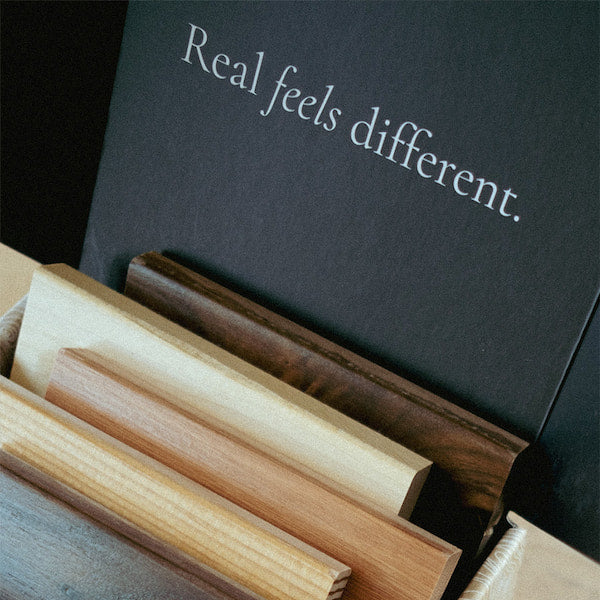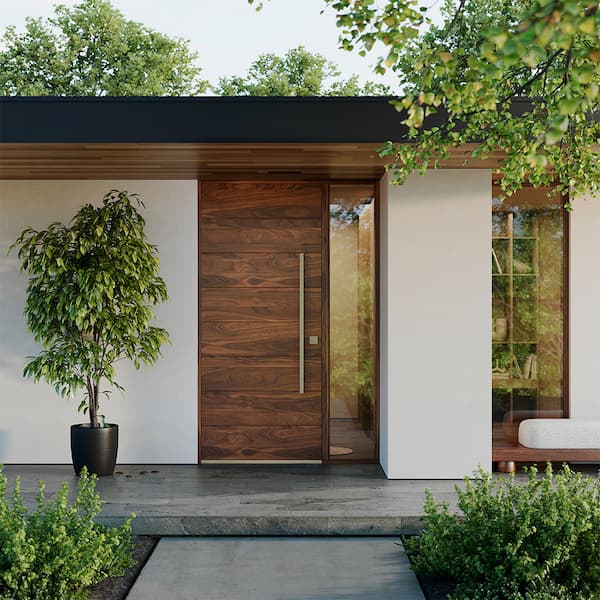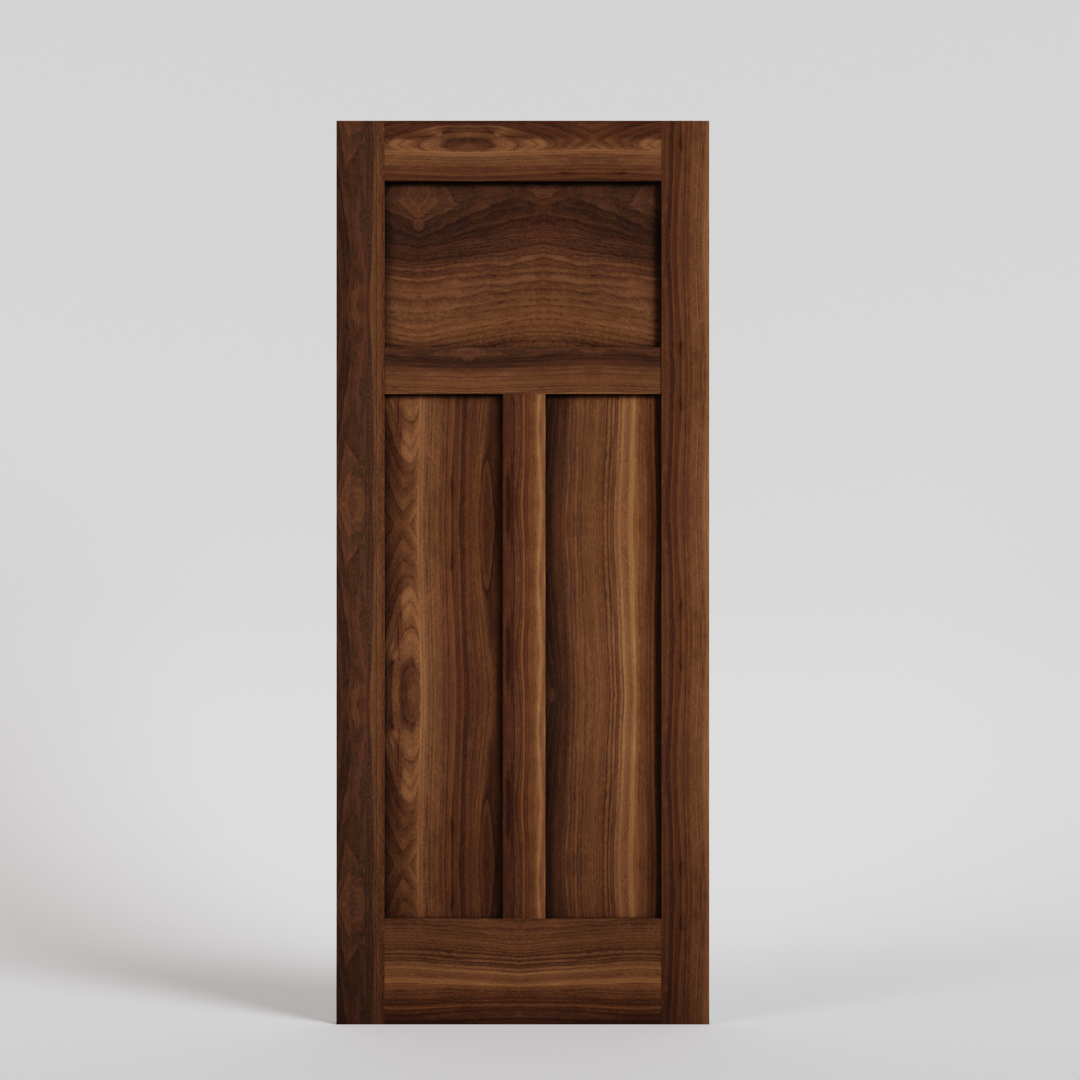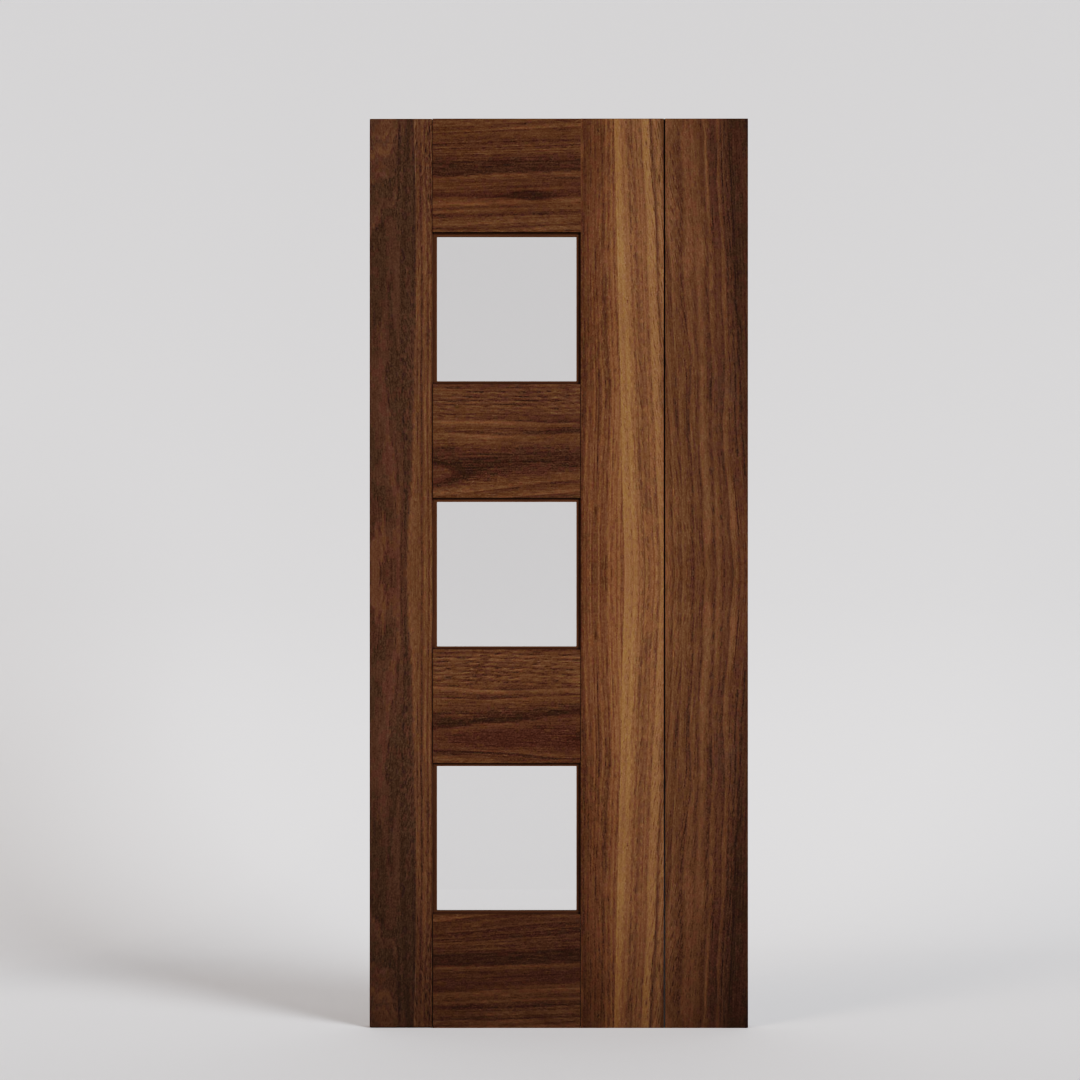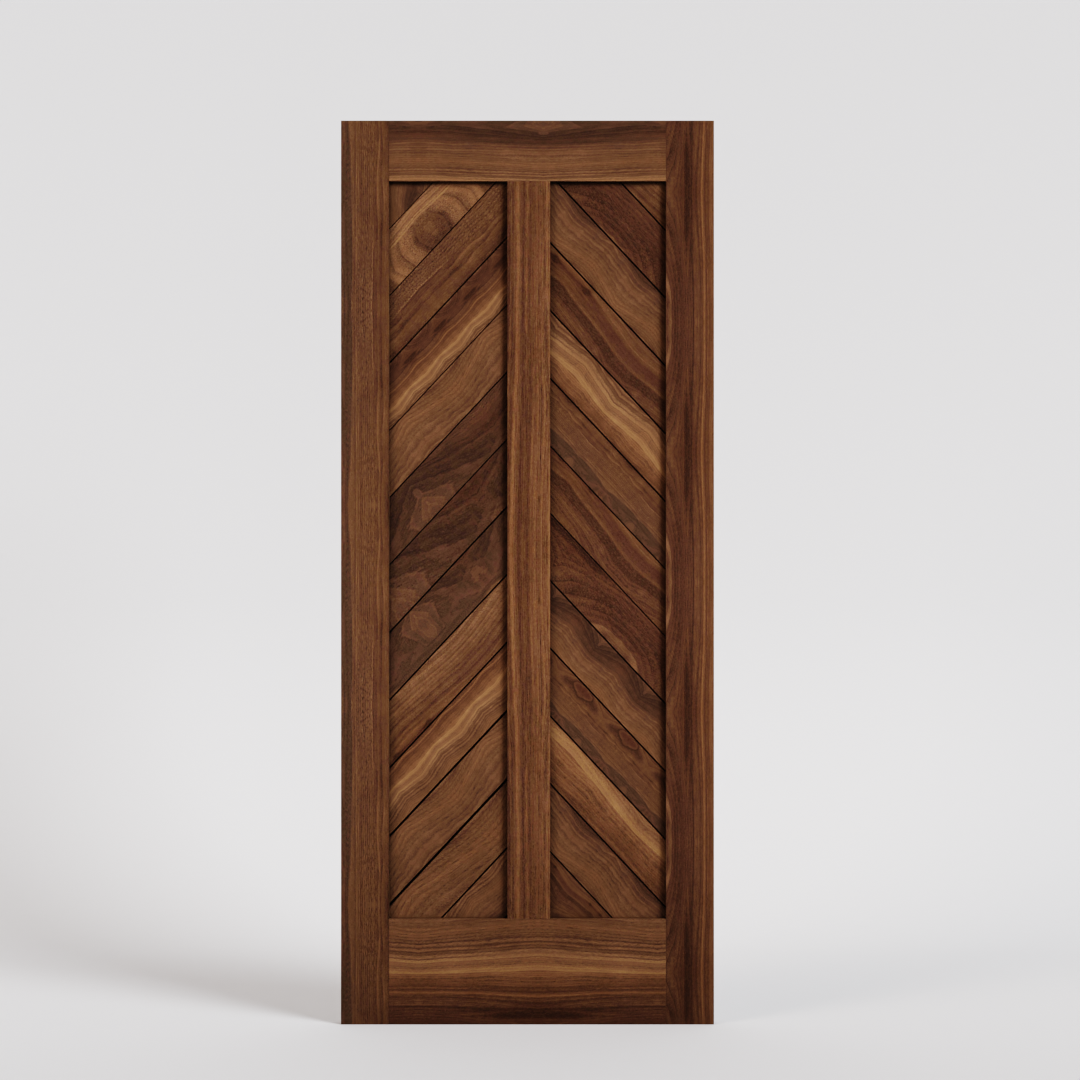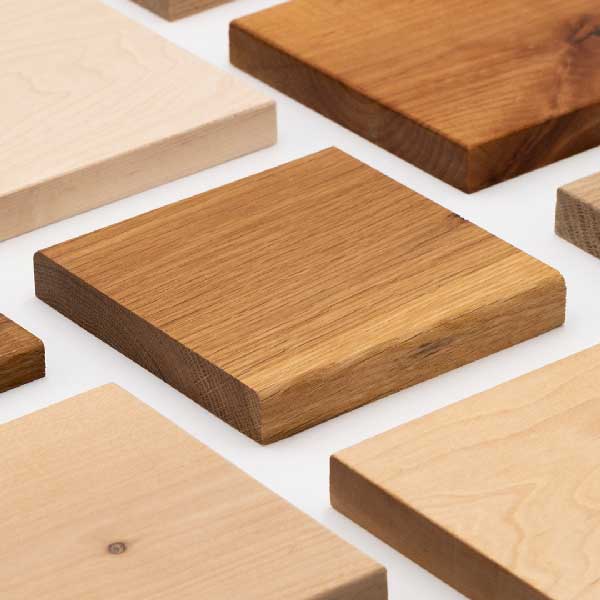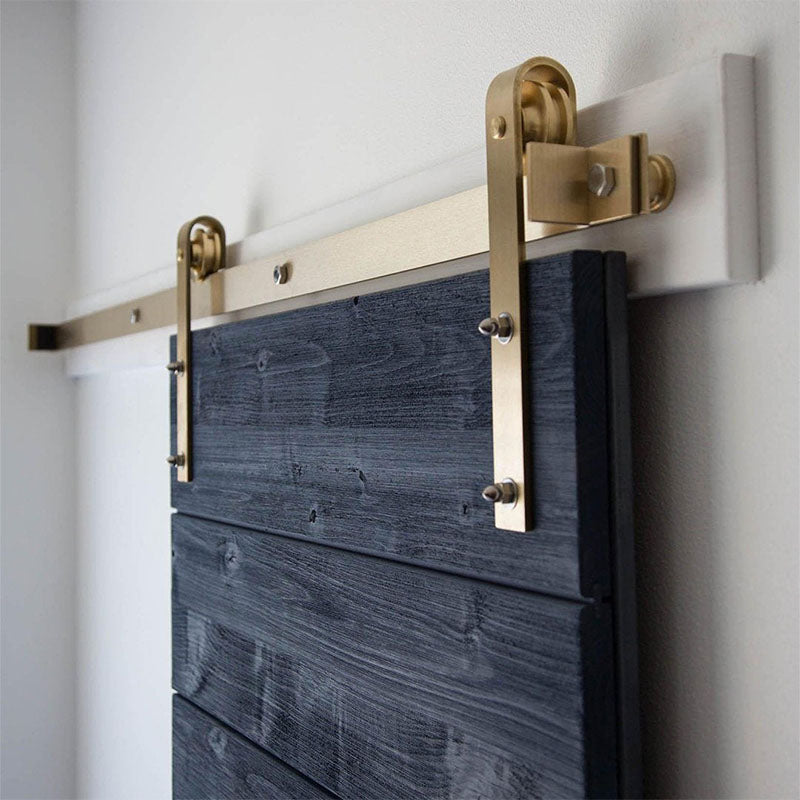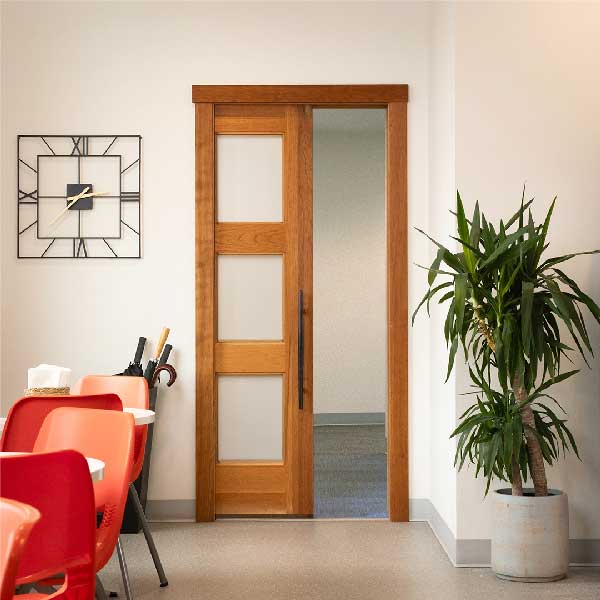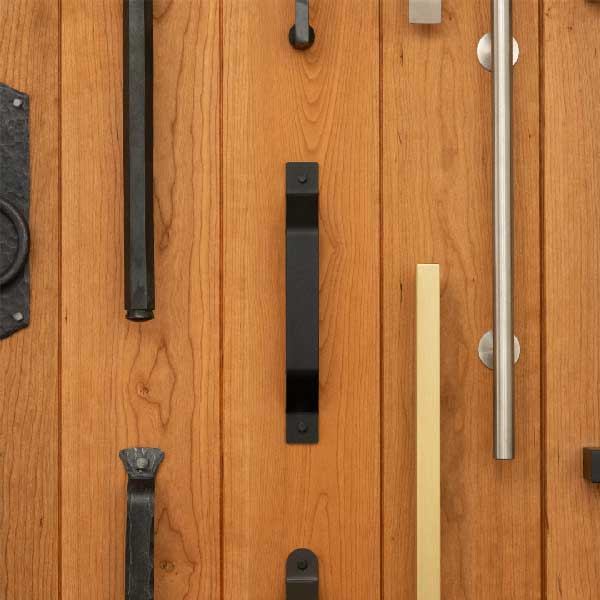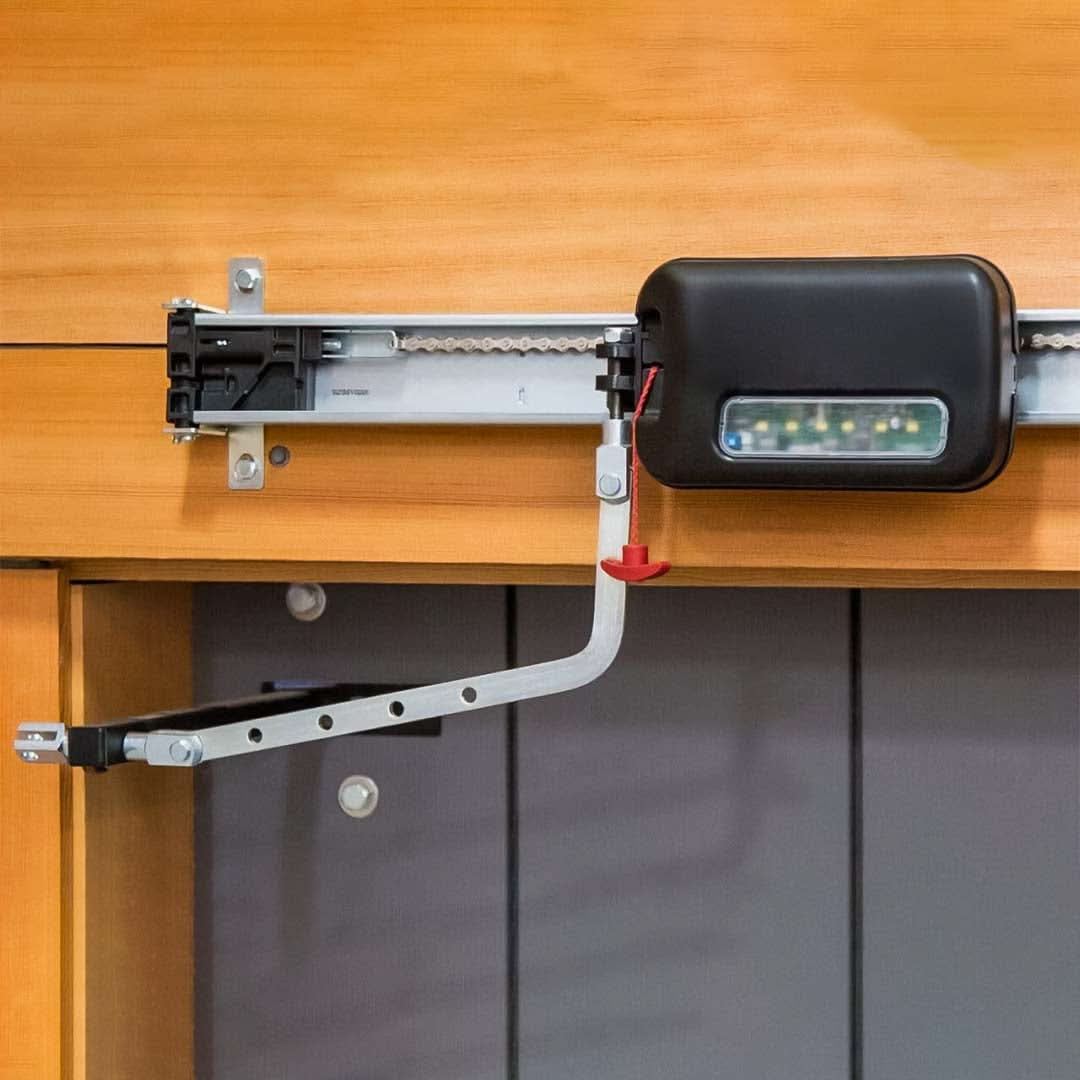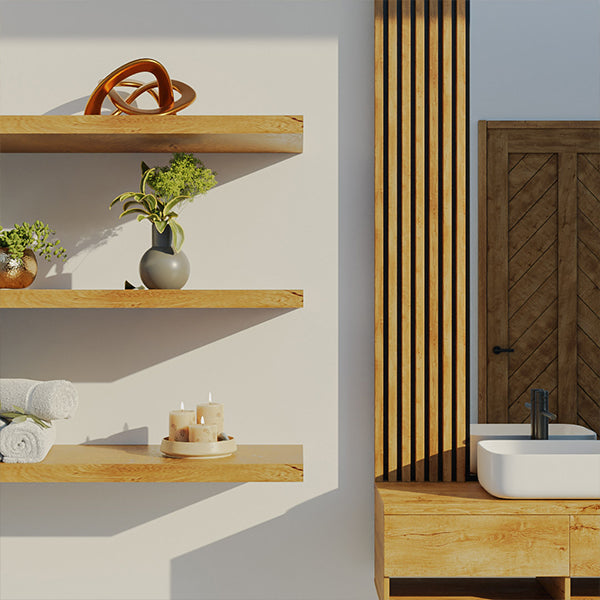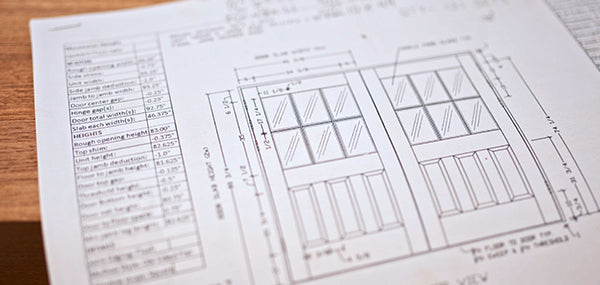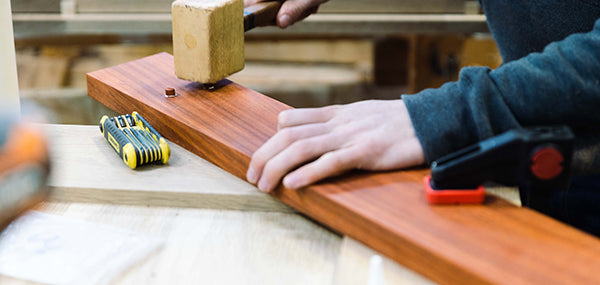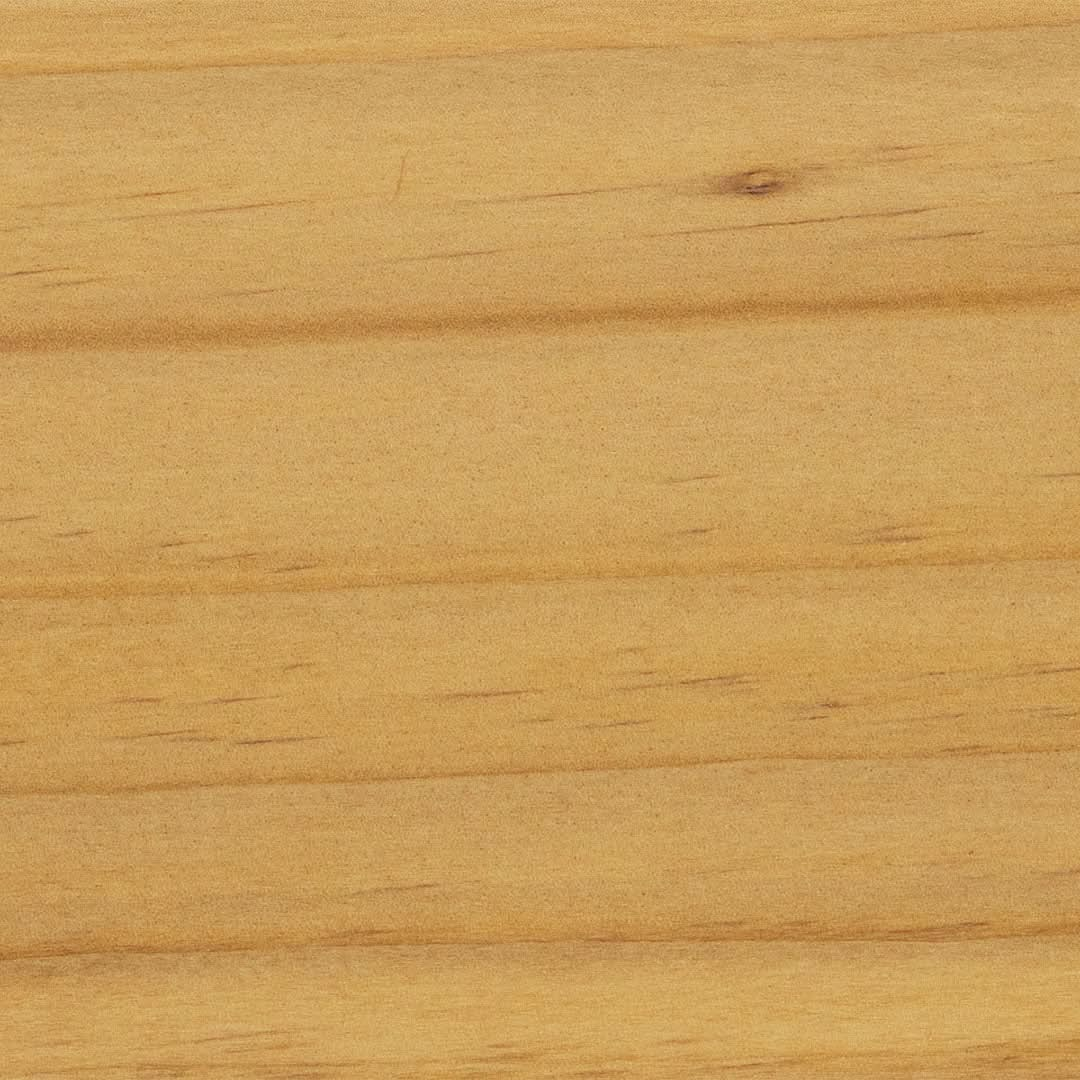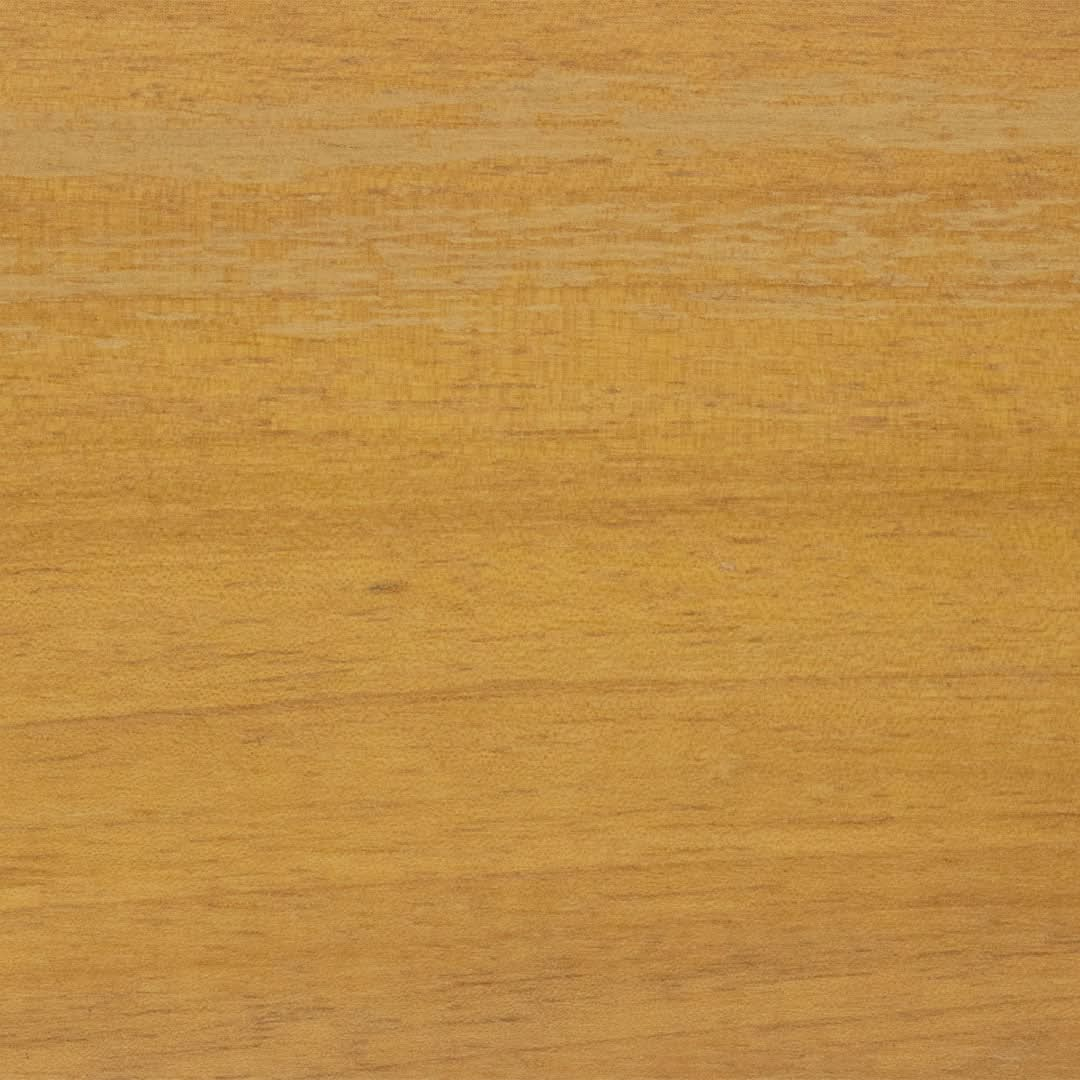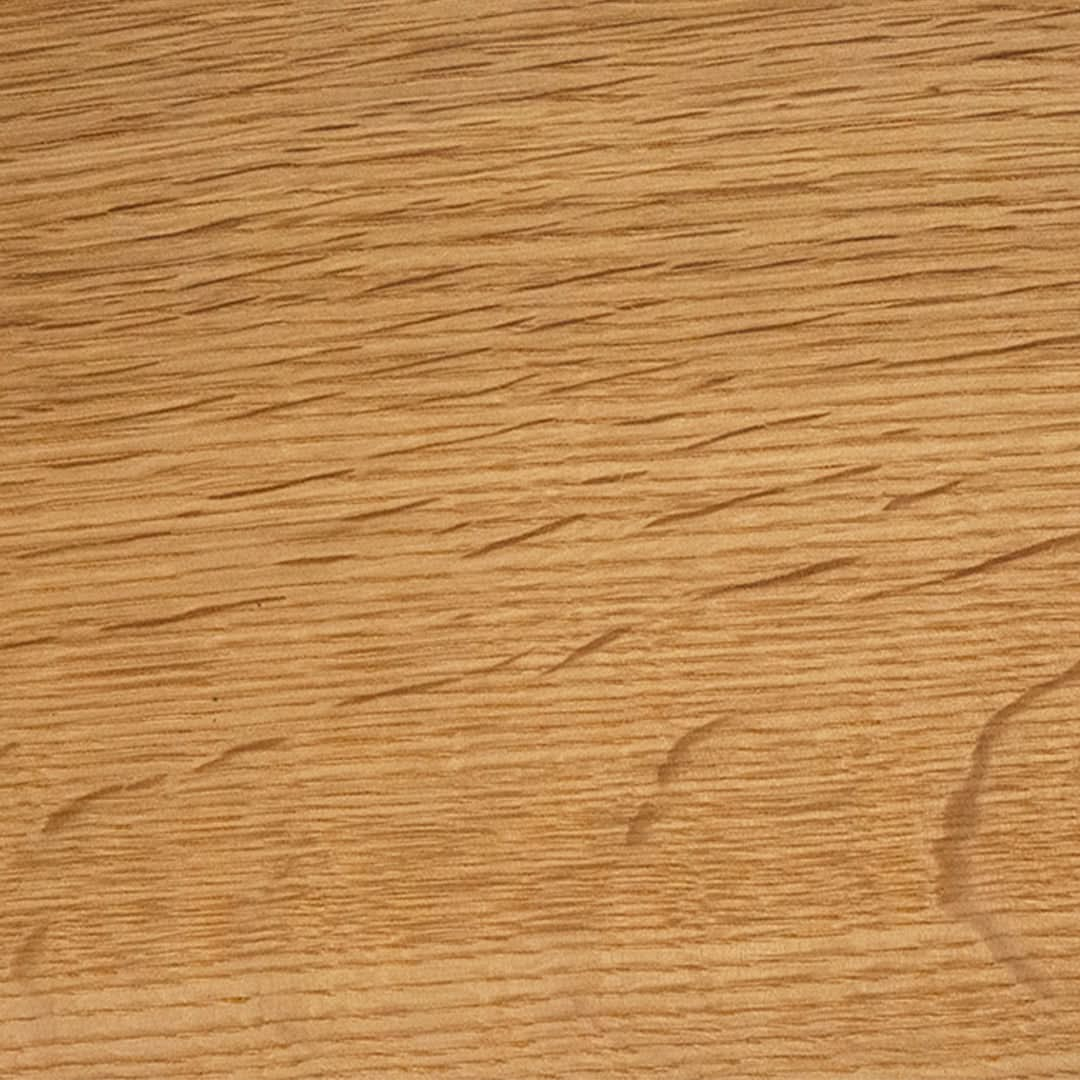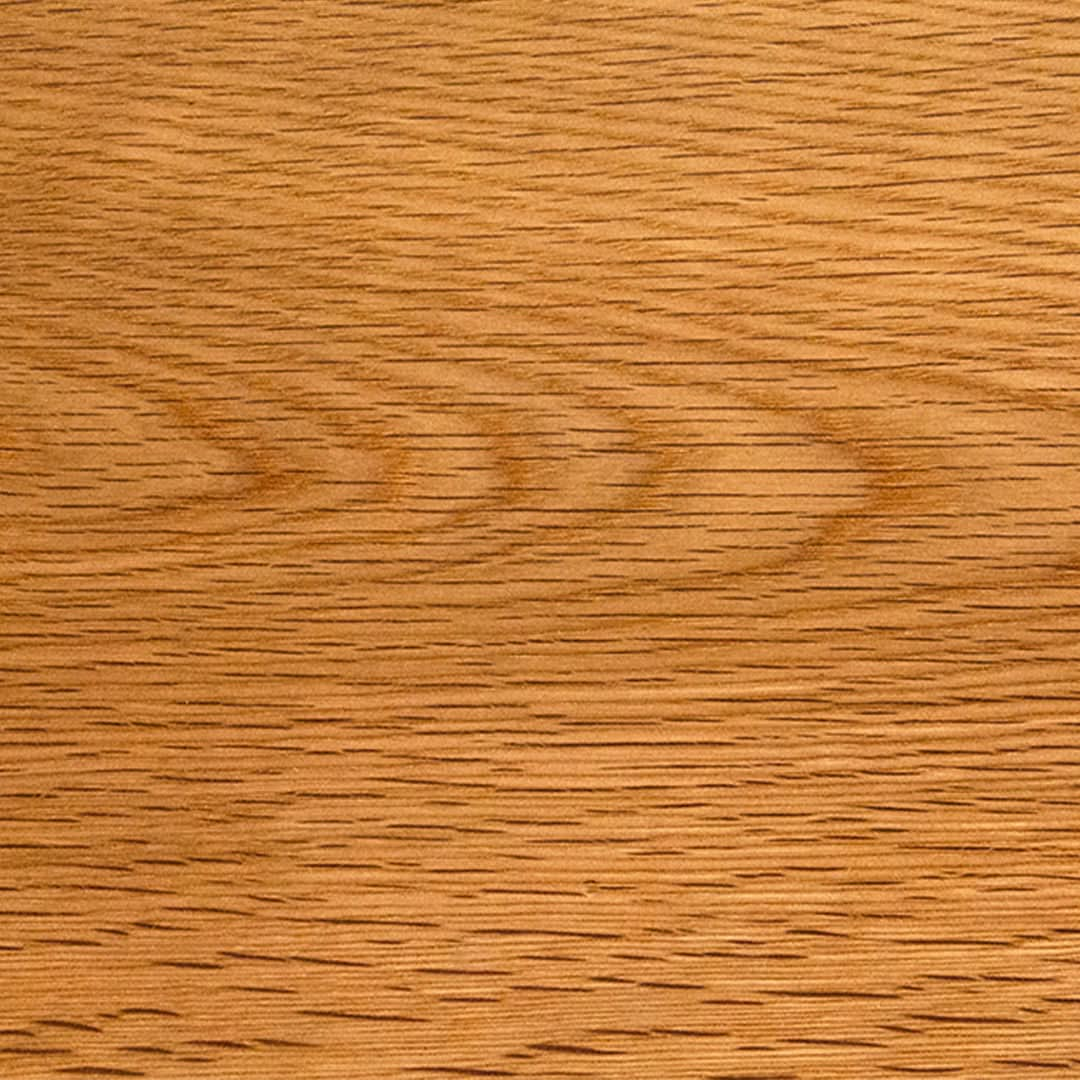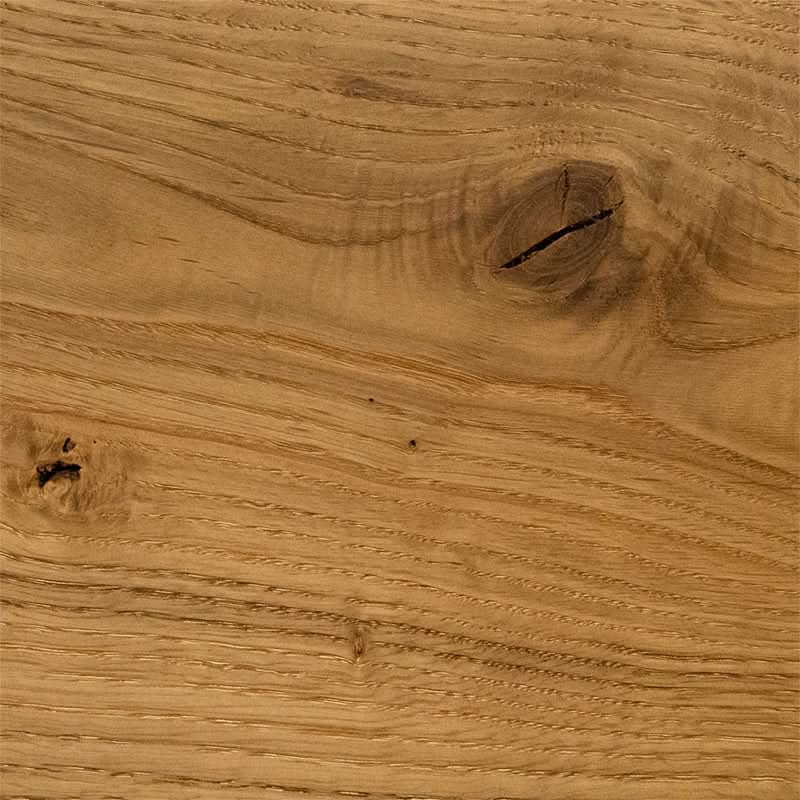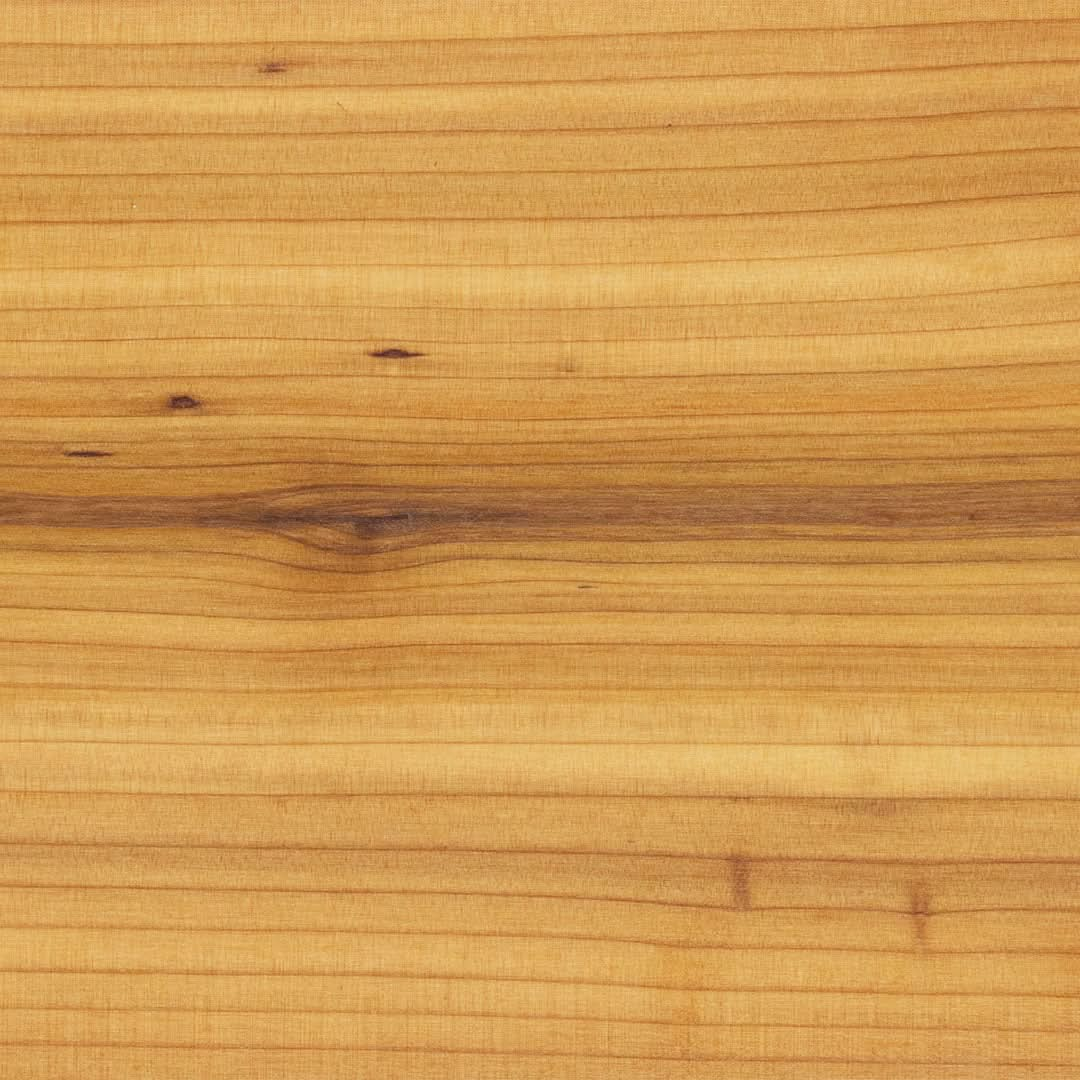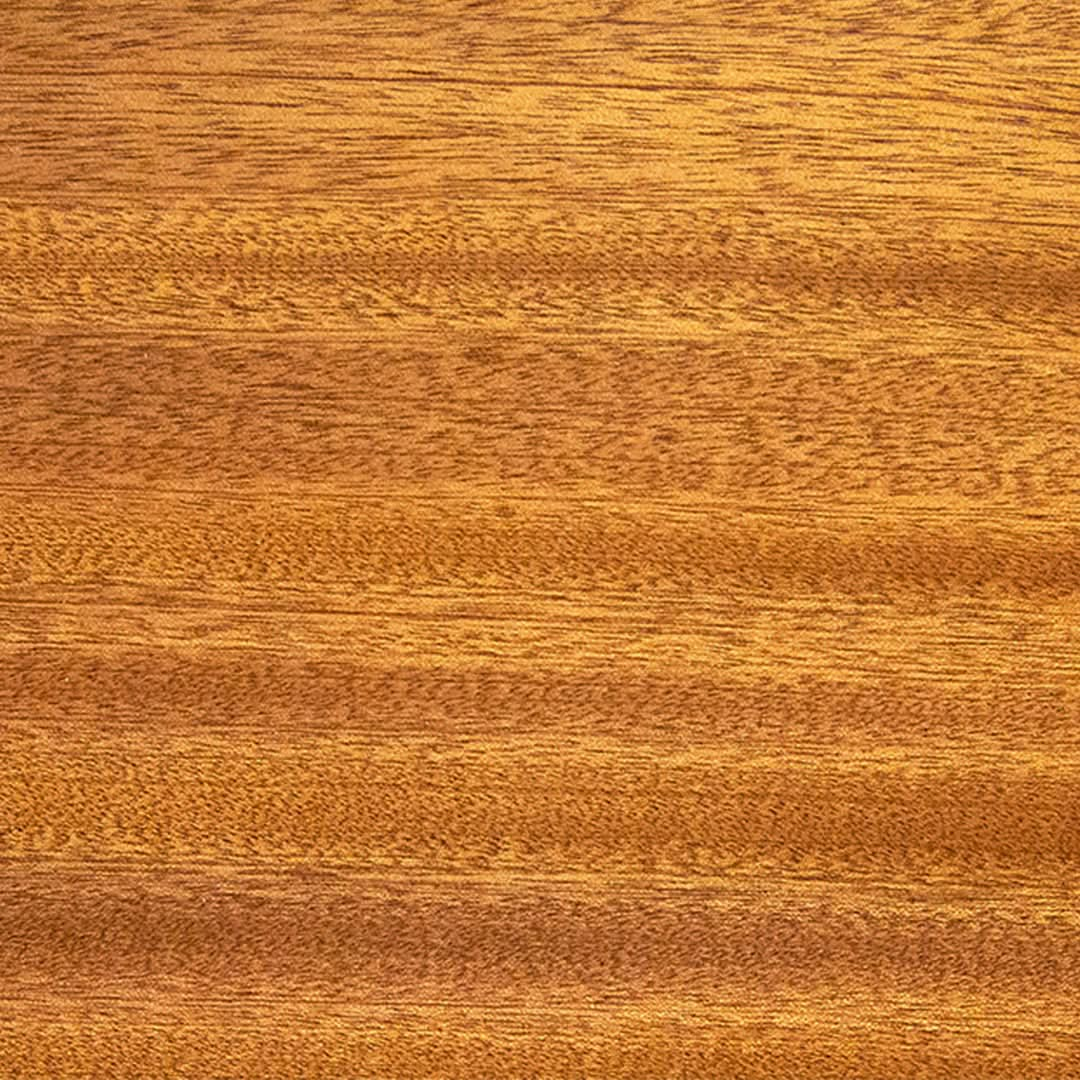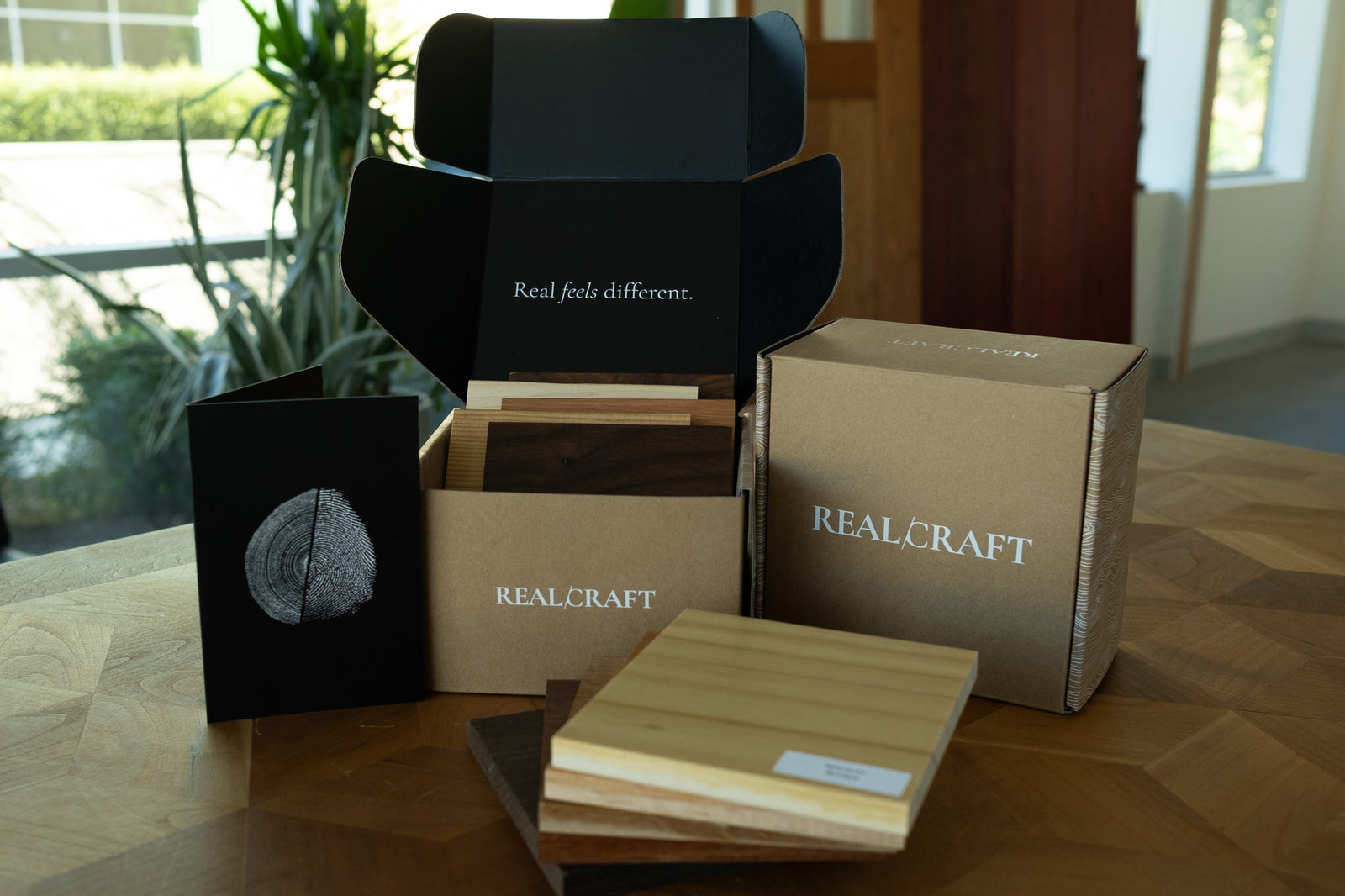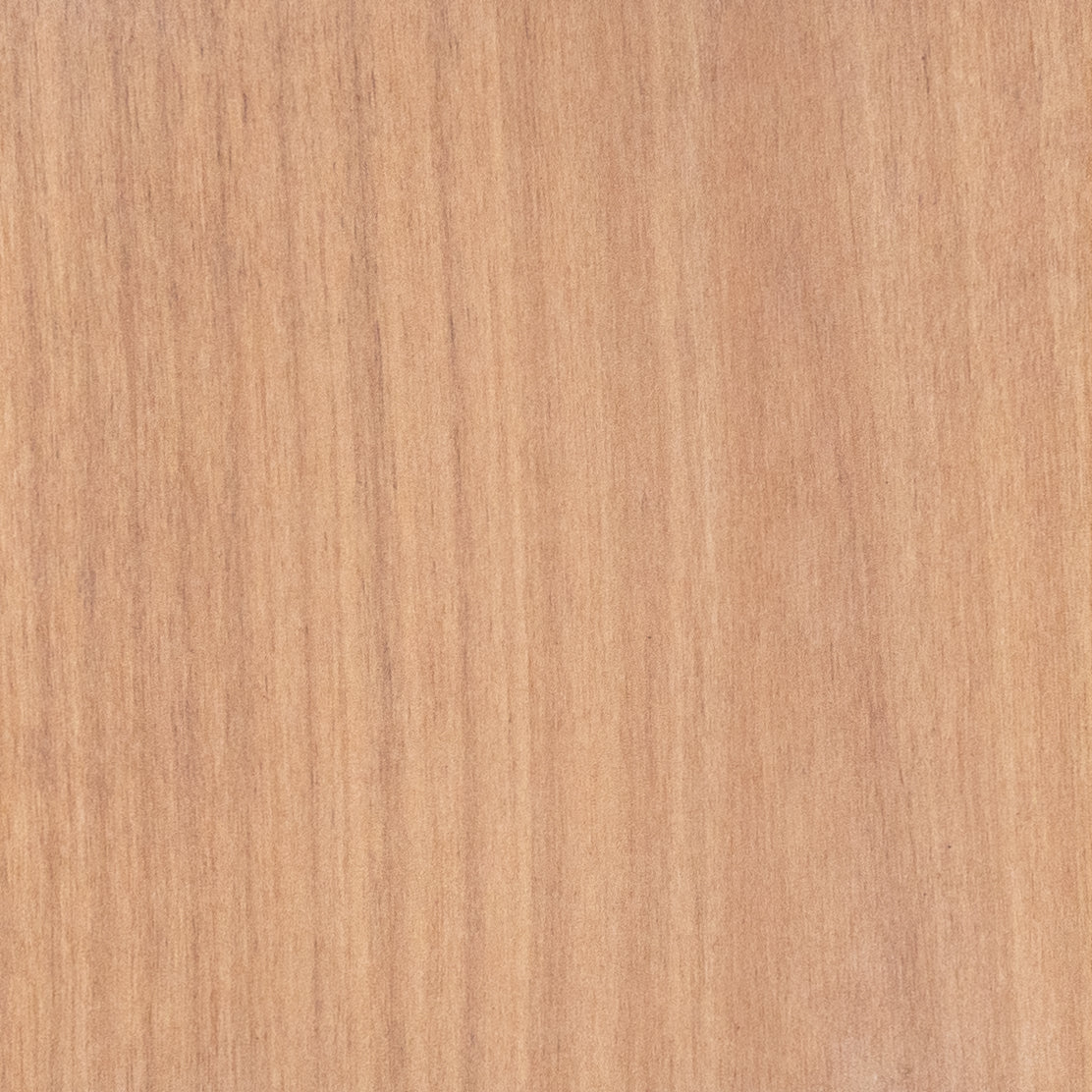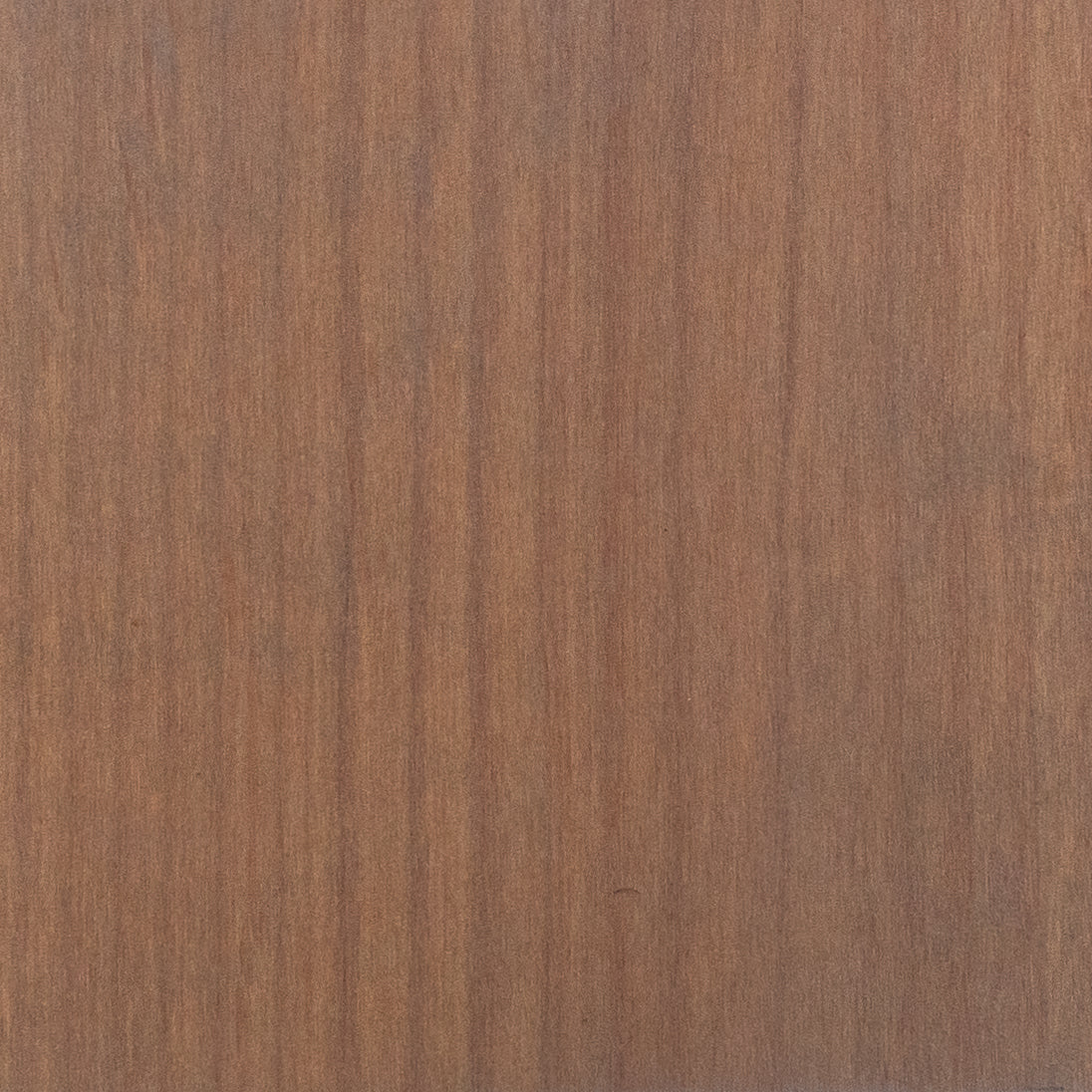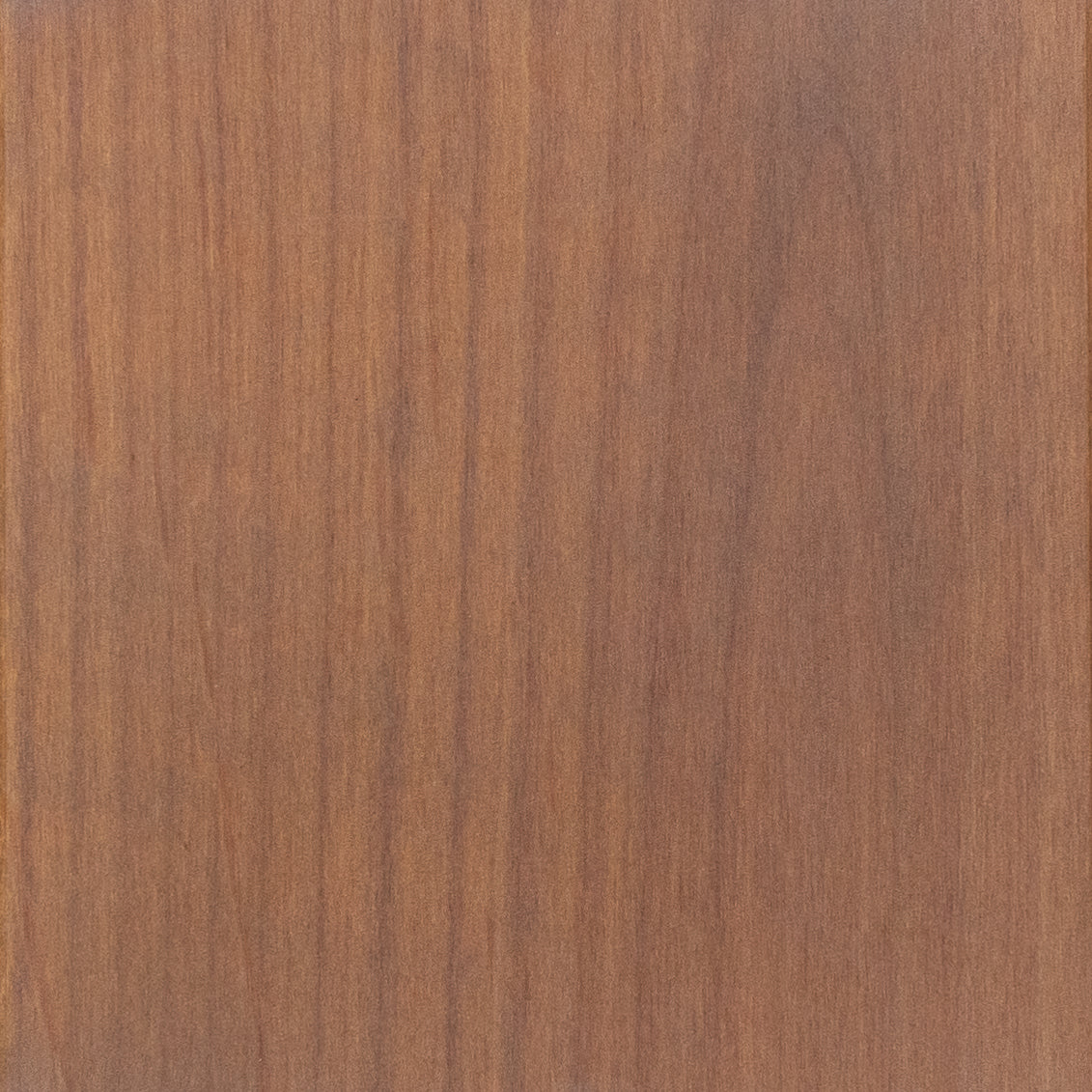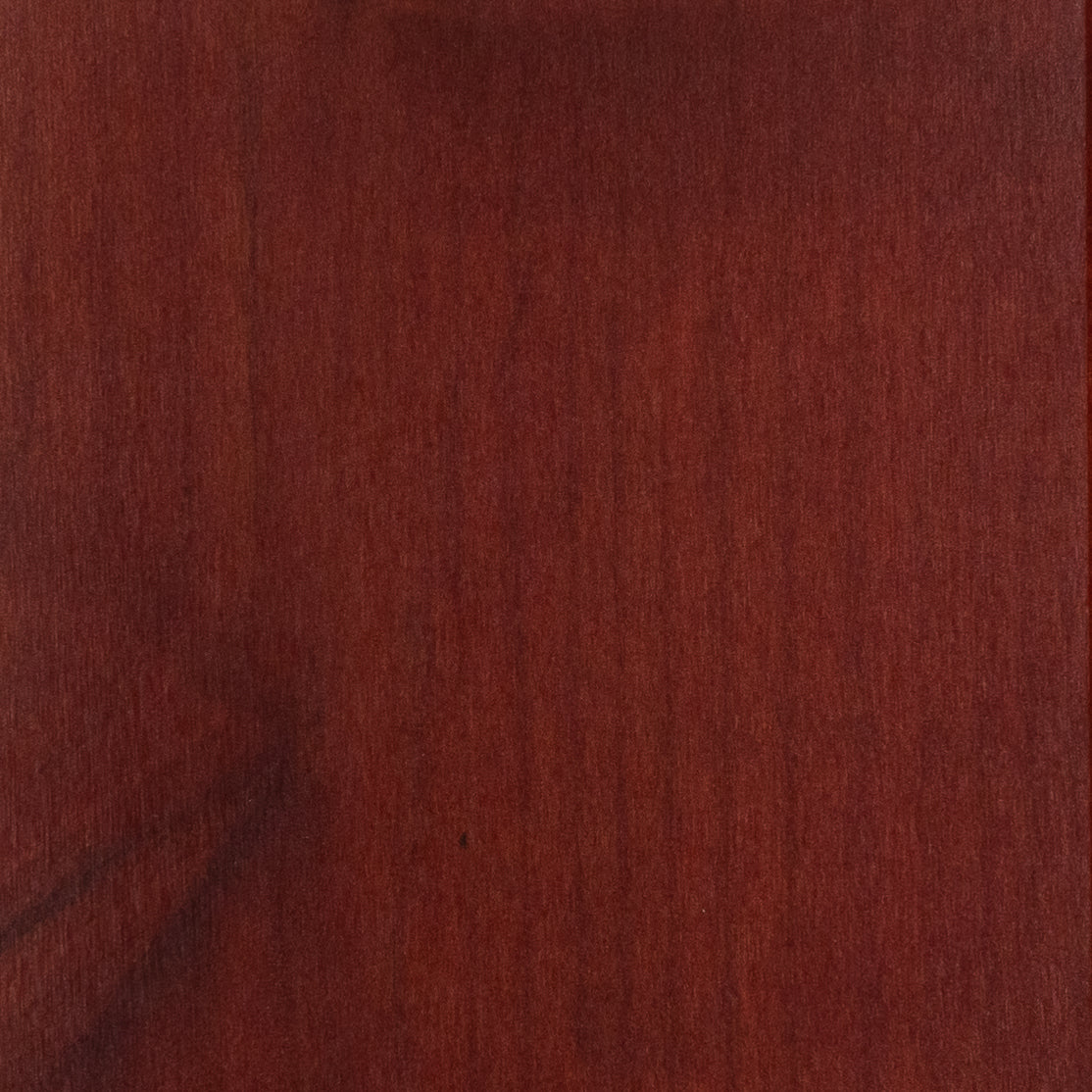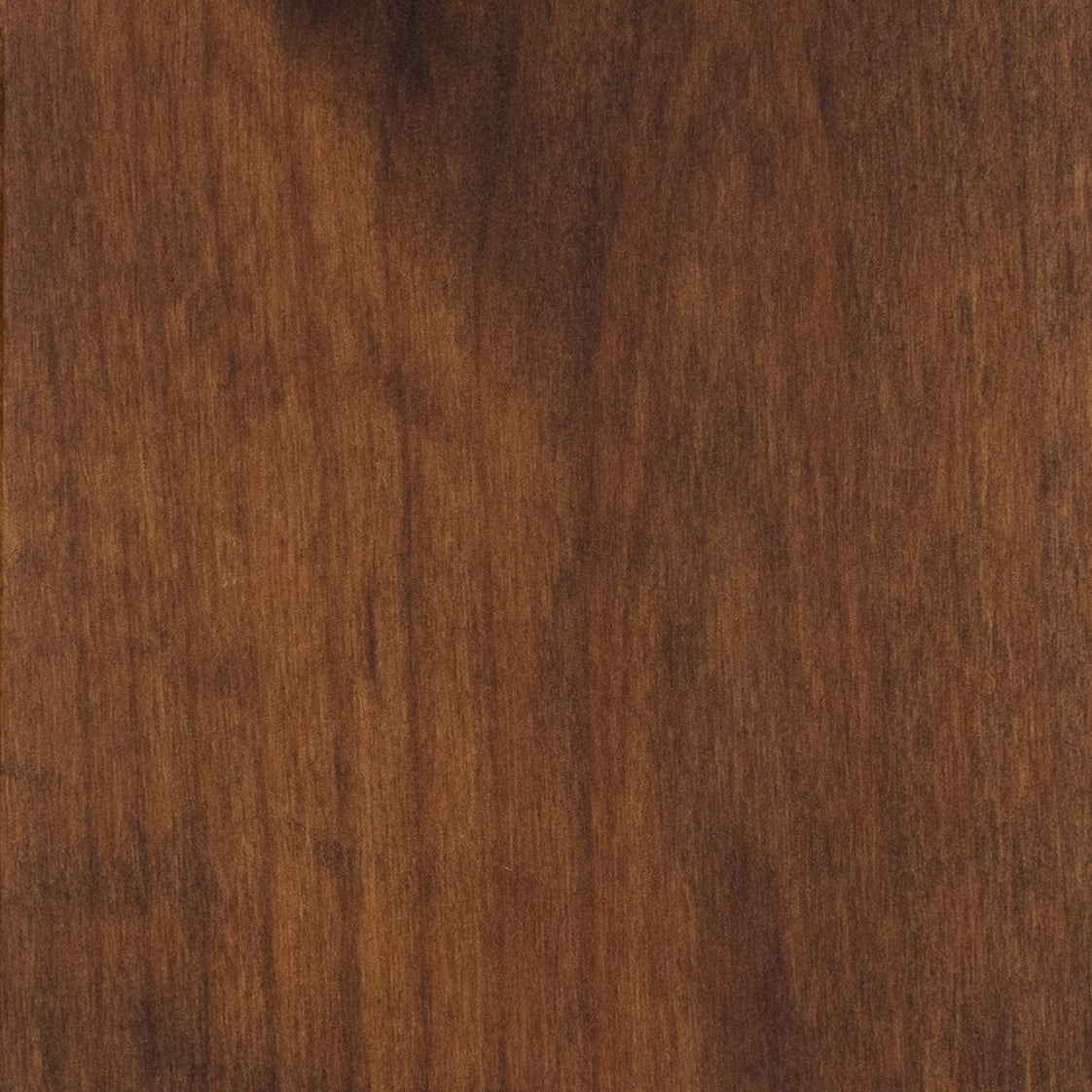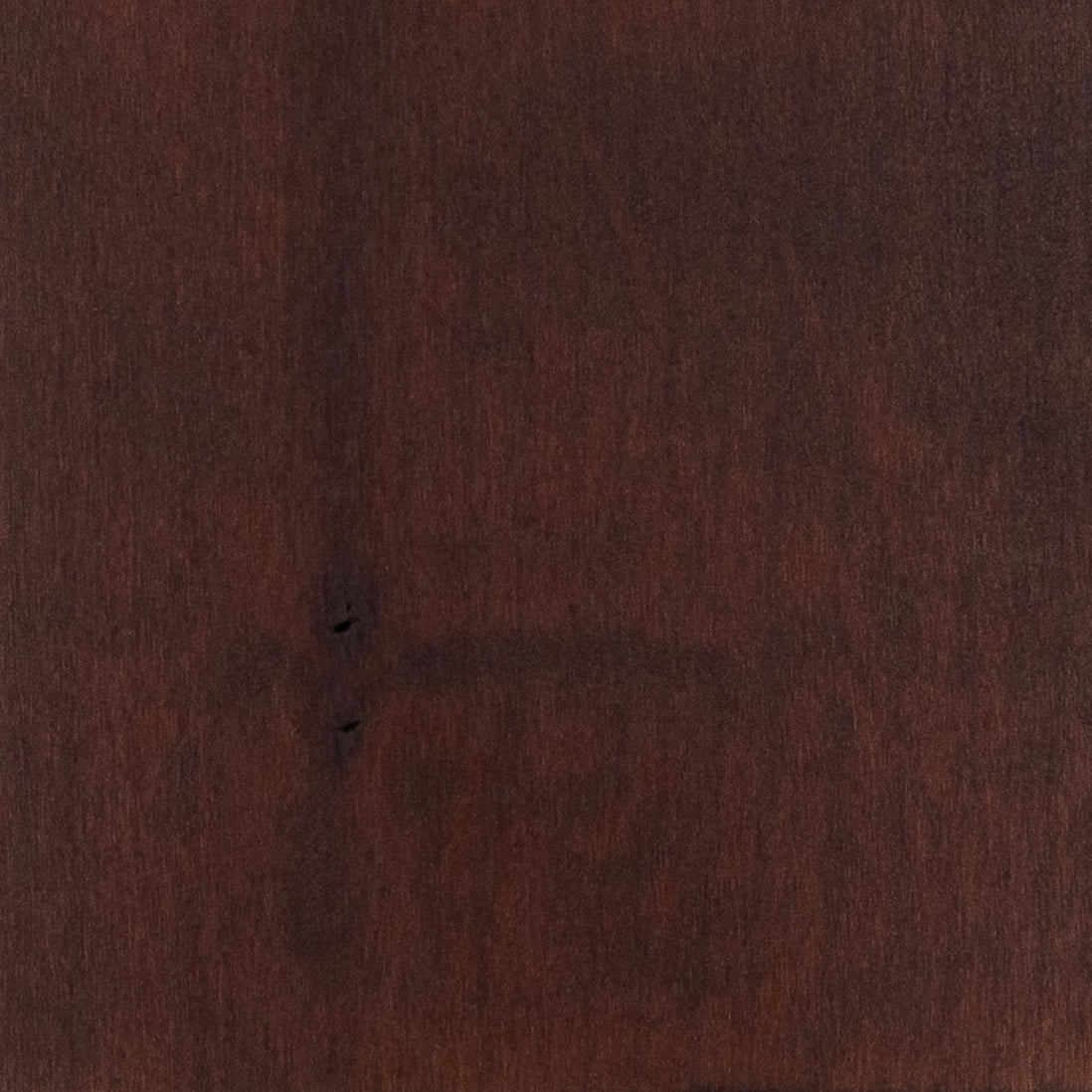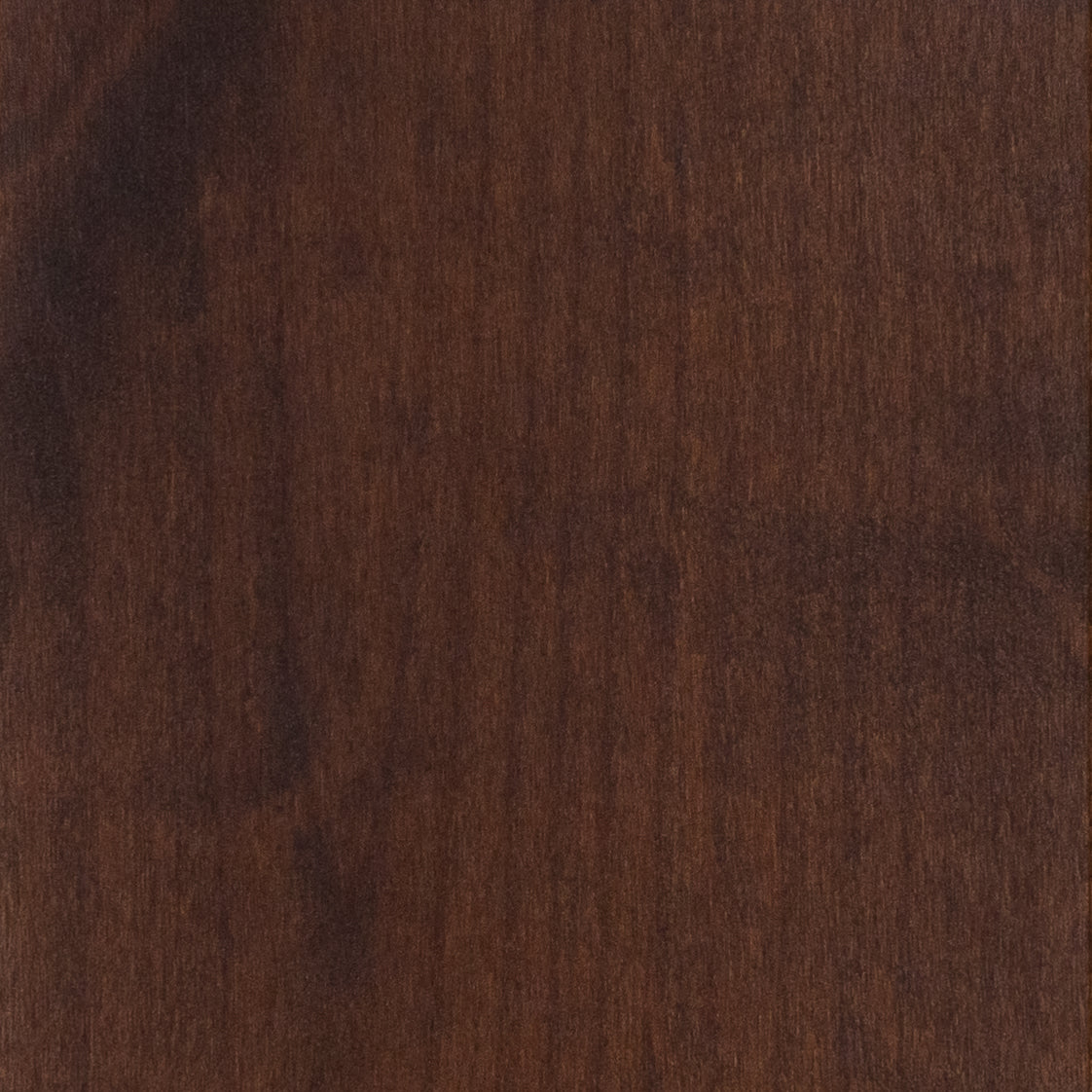At RealCraft, we use real wood sourced from around the country and around the world. We offer twenty wood species to suit every style, taste, and budget. All the wood we use is genuine—no engineered substitutes here. So you get what you pay for and experience the beauty and longevity of solid wood.
The color and grain pattern of the wood species affect the look and feel of your whole space. That’s why we offer wood and finish samples so you can see the wood in real life before you buy. Compare several options to make a confident choice.
Wood contains many color and grain pattern variations even within the same species. That's why we always recommend ordering samples to get the best sense of our current inventory and what your finished door will look like.
Wood is a natural material, so it should always be treated with care. Regular finish maintenance and gentle cleaning are key to preserving its beauty.
At RealCraft, we use real wood sourced from around the country and around the world. We offer twenty wood species to suit every style, taste, and budget. All the wood we use is genuine—no engineered substitutes here. So you get what you pay for and experience the beauty and longevity of solid wood.
The color and grain pattern of the wood species affect the look and feel of your whole space. That’s why we offer wood and finish samples so you can see the wood in real life before you buy. Compare several options to make a confident choice.
Wood contains many color and grain pattern variations even within the same species. That's why we always recommend ordering samples to get the best sense of our current inventory and what your finished door will look like.
Wood is a natural material, so it should always be treated with care. Regular finish maintenance and gentle cleaning are key to preserving its beauty.

